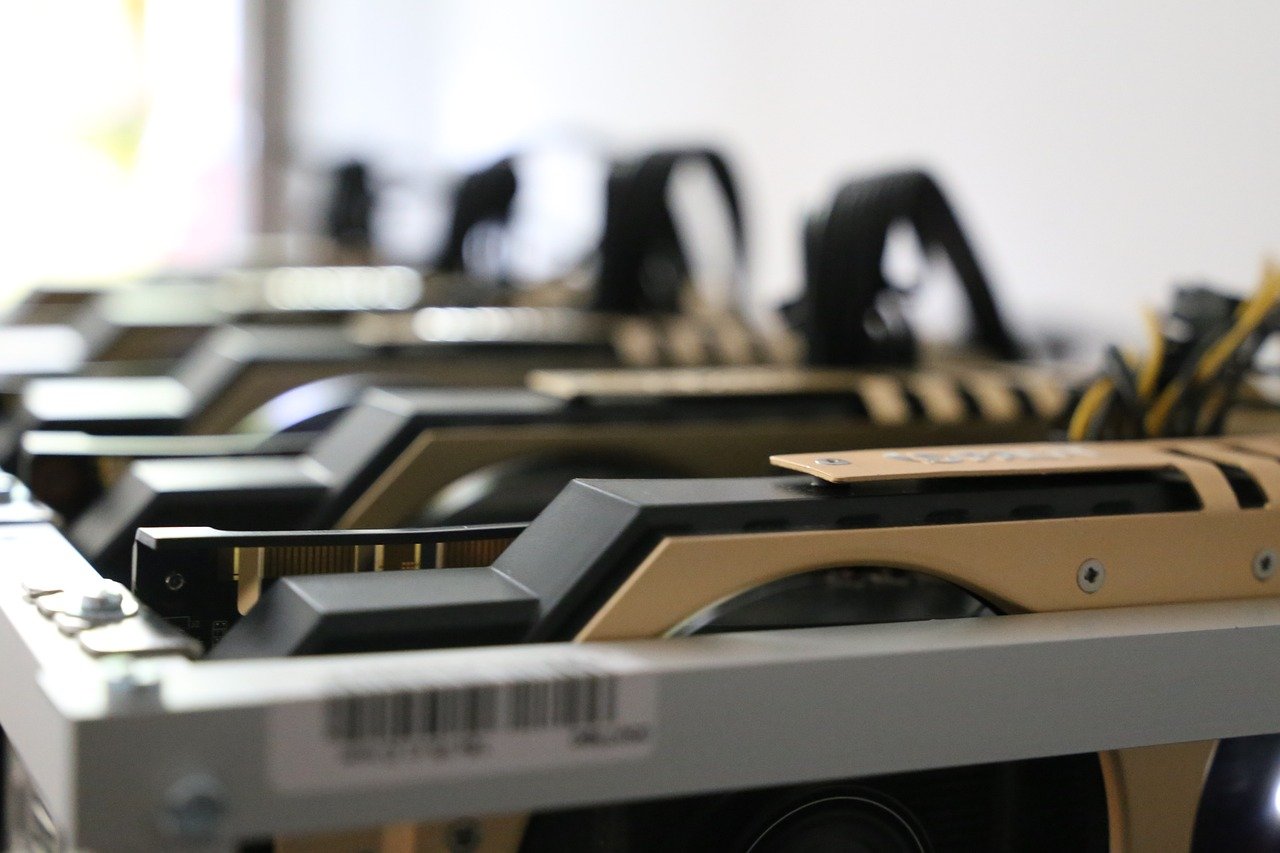Layer 2 solutions are transforming the blockchain landscape, offering a path to scalability and efficiency that addresses some of the core limitations of first-generation blockchain technology. As blockchain technology continues to mature and adoption increases, these scaling solutions are becoming increasingly vital for widespread use, enabling faster transactions and lower fees. Let’s dive into the world of Layer 2 and explore its intricacies.
Understanding the Need for Layer 2 Scaling Solutions
The Blockchain Scalability Trilemma
The Blockchain Scalability Trilemma, a concept popularized by Vitalik Buterin, highlights the inherent challenges faced by blockchain networks: achieving scalability, security, and decentralization simultaneously. Historically, blockchains have struggled to optimize all three, often sacrificing one to improve others. For example, Bitcoin prioritizes security and decentralization, leading to slower transaction speeds and higher fees, especially during periods of high network activity.
Limitations of Layer 1 Blockchains
Layer 1 blockchains, like Bitcoin and Ethereum, handle all transaction processing directly on their main chain. This on-chain processing contributes to their security and decentralization, but also creates bottlenecks that limit transaction throughput. These limitations result in:
- Slow transaction speeds: Confirmation times can range from minutes to hours, depending on network congestion.
- High transaction fees: Fees can become prohibitively expensive during peak usage, making micro-transactions impractical.
- Limited scalability: The number of transactions a Layer 1 blockchain can process per second (TPS) is inherently constrained.
For example, Ethereum’s base layer can handle around 15-45 TPS, which is insufficient for supporting widespread adoption of decentralized applications (dApps) and large-scale blockchain use cases. This is where Layer 2 solutions step in.
What are Layer 2 Solutions?
Definition and Core Principles
Layer 2 solutions are protocols and frameworks built on top of an existing Layer 1 blockchain. Their primary purpose is to offload transaction processing from the main chain, enabling faster and cheaper transactions without compromising the security provided by the underlying Layer 1. They operate as a secondary layer, handling a significant portion of transactions off-chain and then periodically settling them on the main chain.
How Layer 2 Works
The basic principle of Layer 2 is to move the execution of transactions away from the main blockchain. This is achieved through various mechanisms, which we’ll discuss in more detail below, but generally involve:
- Creating a separate environment (e.g., a sidechain, state channel, or rollup).
- Processing transactions within that environment.
- Batching and periodically submitting the results to the Layer 1 chain for verification and settlement.
By offloading much of the transaction processing, Layer 2 solutions drastically improve scalability and reduce fees, while still benefiting from the security of the Layer 1 blockchain.
Types of Layer 2 Solutions
State Channels
State channels are direct, two-way communication pathways between participants that allow for multiple transactions to occur off-chain. Only the initial and final states of the channel are recorded on the Layer 1 blockchain.
- How it works: Two or more parties lock funds into a smart contract on the Layer 1 chain. They then transact directly with each other off-chain, updating the state of the channel with each transaction. Once they are finished, the final state of the channel is submitted back to the Layer 1 chain, releasing the funds according to the agreed-upon distribution.
- Examples: Lightning Network (for Bitcoin) and Raiden Network (for Ethereum).
- Pros: High transaction speed, low fees.
- Cons: Requires upfront capital lockup, only suitable for interactions between predetermined parties.
Sidechains
Sidechains are independent blockchains that run parallel to the main Layer 1 blockchain. They have their own consensus mechanisms and block parameters, allowing for greater flexibility and customization.
- How it works: Users can transfer assets from the Layer 1 chain to the sidechain through a two-way peg. They can then transact freely on the sidechain, benefiting from its faster speeds and lower fees. When they are finished, they can transfer their assets back to the Layer 1 chain.
- Examples: Polygon (formerly Matic Network), Skale Network.
- Pros: High transaction throughput, customizable consensus mechanisms.
- Cons: Relies on its own security, potentially introducing vulnerabilities; Requires bridging to move assets between chains.
Rollups
Rollups bundle multiple transactions into a single batch and submit them to the Layer 1 blockchain. They significantly reduce the amount of data that needs to be processed on-chain.
- Types of Rollups:
Optimistic Rollups: Assume transactions are valid by default. A challenge period allows anyone to dispute invalid transactions. Examples: Arbitrum, Optimism.
Zero-Knowledge Rollups (ZK-Rollups): Use cryptographic proofs (specifically, zero-knowledge proofs) to verify transaction validity off-chain. This allows for instant verification without requiring a challenge period. Examples: StarkWare, zkSync.
- How it works: Transactions are executed off-chain, and only the transaction data (for Optimistic Rollups) or cryptographic proofs of validity (for ZK-Rollups) are submitted to the Layer 1 chain.
- Pros: High scalability, inherits security from the Layer 1 chain.
- Cons: Optimistic Rollups have a challenge period, potentially delaying withdrawals; ZK-Rollups are complex to implement.
Benefits of Layer 2 Solutions
Scalability and Throughput
Layer 2 solutions dramatically increase the number of transactions a blockchain network can process per second (TPS). By offloading transaction processing from the main chain, Layer 2s can achieve throughput levels that are orders of magnitude higher than Layer 1.
- Examples: Polygon claims up to 7,000 TPS, and ZK-Rollups can potentially reach thousands of TPS.
Reduced Transaction Fees
One of the most significant benefits of Layer 2 solutions is the reduction in transaction fees. By batching transactions and executing them off-chain, Layer 2s minimize the gas costs associated with processing transactions on the main chain. This makes blockchain technology more accessible and affordable for a wider range of users.
Enhanced User Experience
The combination of faster transaction speeds and lower fees leads to a significantly improved user experience. Users can transact quickly and cheaply, making blockchain technology more practical for everyday use cases.
Maintained Security
Many Layer 2 solutions are designed to inherit the security of the underlying Layer 1 blockchain. This means that users can benefit from the scalability and cost savings of Layer 2 without sacrificing the security and decentralization that are fundamental to blockchain technology. For example, rollups inherit the security of the underlying L1 by posting their data and state roots to it, effectively leveraging the L1 to secure their operations.
Adoption and Future of Layer 2
Current Adoption Trends
Layer 2 solutions are gaining increasing traction in the blockchain ecosystem. Many popular dApps and projects are now utilizing Layer 2 solutions to improve scalability and reduce costs. The Total Value Locked (TVL) in Layer 2 solutions has been steadily increasing, indicating growing adoption and confidence in these technologies.
- Examples: DeFi protocols like Aave and Curve have deployed on Polygon, significantly reducing transaction costs for their users. NFT marketplaces like OpenSea are also exploring Layer 2 solutions to improve the user experience.
Challenges and Considerations
Despite their many benefits, Layer 2 solutions also face some challenges and considerations:
- Complexity: Implementing and using Layer 2 solutions can be technically complex.
- Liquidity Fragmentation: Assets can be spread across multiple Layer 2 chains, leading to liquidity fragmentation.
- Security Risks: While many Layer 2s inherit security from Layer 1, some still rely on their own security models and can be vulnerable.
- Interoperability: Moving assets between different Layer 2 solutions and the Layer 1 chain can be cumbersome.
The Future of Layer 2
The future of Layer 2 solutions looks bright. As blockchain technology continues to evolve, Layer 2s will play an increasingly important role in enabling widespread adoption. Ongoing research and development efforts are focused on addressing the challenges mentioned above and further improving the scalability, security, and usability of Layer 2 solutions. We can expect to see:
- More sophisticated Layer 2 solutions with even higher throughput and lower fees.
- Improved interoperability between different Layer 2 solutions and Layer 1 chains.
- Greater adoption of Layer 2s by dApps, DeFi protocols, and other blockchain-based applications.
- Advances in ZK-Rollup technology that will further enhance scalability and security.
Conclusion
Layer 2 solutions are essential for unlocking the full potential of blockchain technology. By addressing the scalability trilemma, they pave the way for faster transactions, lower fees, and a better user experience. While challenges remain, the ongoing development and adoption of Layer 2 solutions are driving the blockchain ecosystem forward. As the space continues to evolve, keeping informed about the latest Layer 2 advancements is key for anyone looking to leverage the power of blockchain. Consider exploring different Layer 2 technologies, understanding their tradeoffs, and selecting the solutions that best meet your specific needs.



